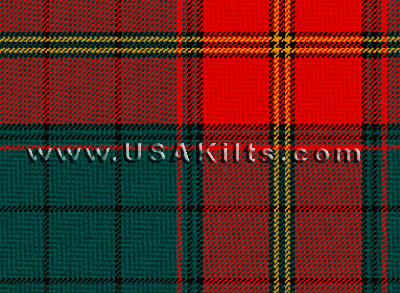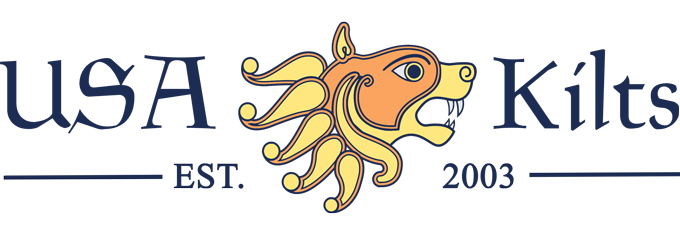Search

- Mill: HOE
- Weight: 13 oz.
- Known Septs Include: Counties found in Ulster: Antrim, Armagh, Cavan, Donegal, Down, Fermanagh, Londonderry (Derry), Monaghan, Tyrone
- Notes:
Loosely based on garments discovered in a bog at Flanders Townland near Dungiven in County Londonderry in 1956 by a Mr William G Dixon. Materials were scientifically attributed to end of 16th century. The garments comprised remnants of tartan trews, tunic, belt and coat. In Paton Collection.
Ulster (Irish: Ulaidh or Cúige Uladh, Ulster Scots: Ulstèr) is a province in the north of the island. In ancient Ireland, it was one of the fifths (Irish: cúige) ruled by a rí ruirech, or "king of over-kings". The Irish name, Cúige Uladh, means the "province of the Ulaidh", with the term cúige formerly referring to a fifth. The Ulaidh were a group of tribes who dwelt in the region. The Irish word for someone or something from Ulster is Ultach, and this can be found in the surnames MacNulty, MacAnulty, and Nulty, which all derive from Mac an Ultaigh, meaning "son of the Ulsterman". Many Scots-Irish families in the USA are descendants of families which originated in Ulster and emigrated in the 18th century. The definition of the province was fluid from early to medieval times. It took a definitive shape in the reign of King James I of England when all the counties of Ireland were eventually shired.
Product Name
Price Starts At
$279.99
$679.99
$429.99
$109.99
$189.99
$109.99
$9.99
$699.99
$629.99
$299.99
Product Name
Price Starts At
$179.99
$179.99
$229.99
$159.99
$339.99
$299.99
$599.99
$439.99
